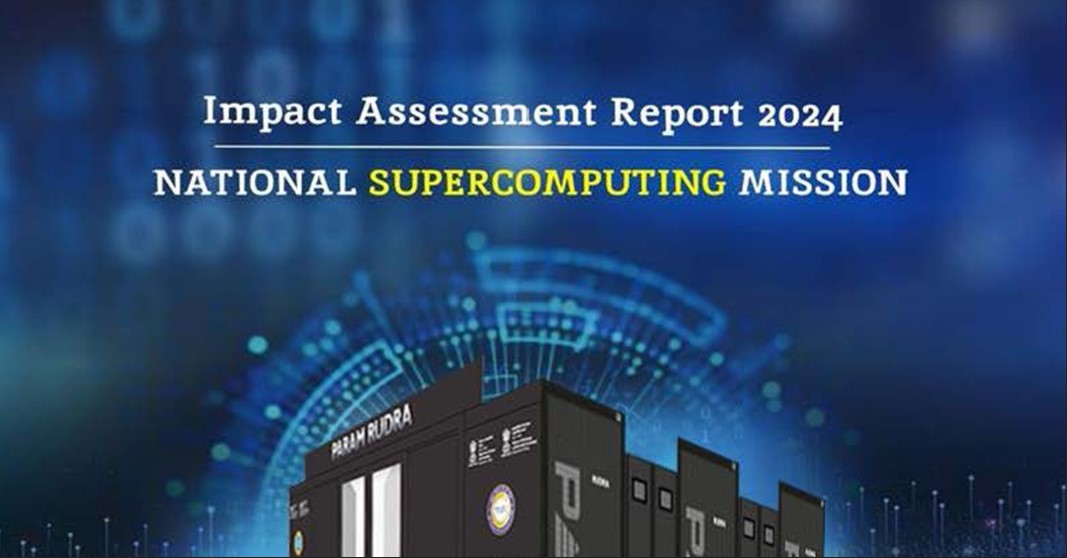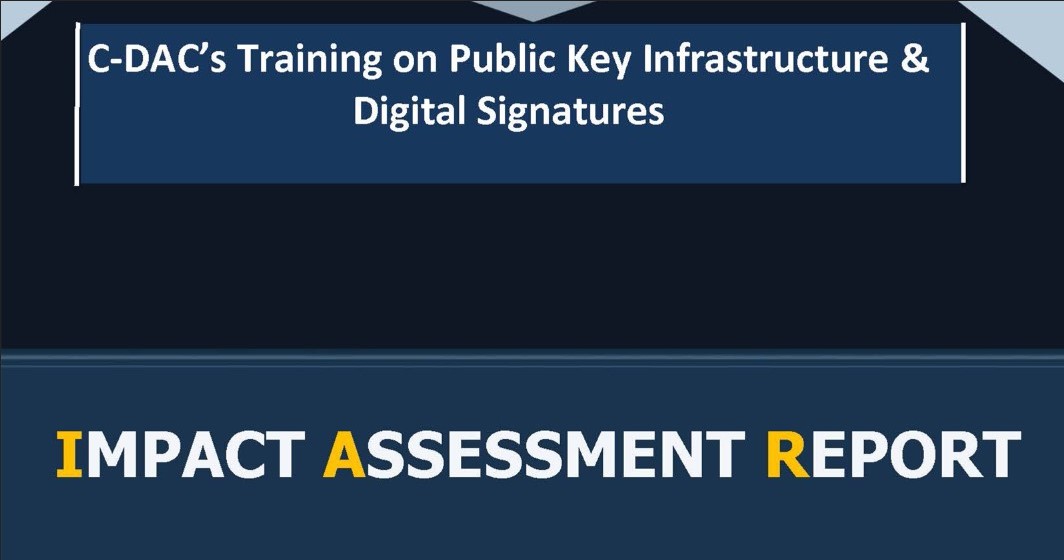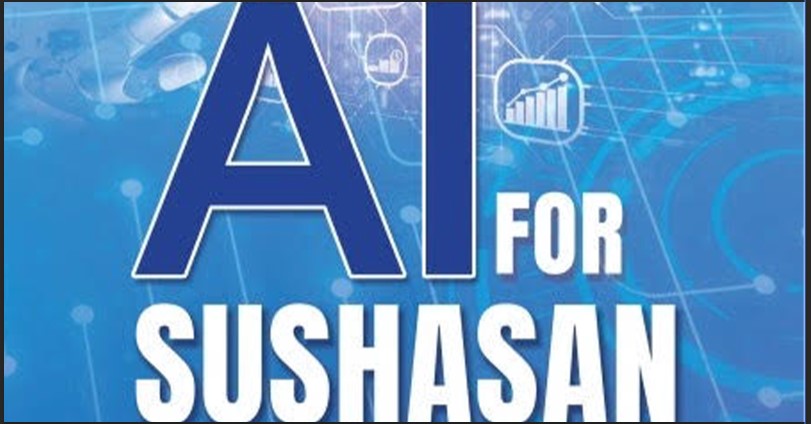AI in Governance: Risks and Challenges
Artificial Intelligence (AI) is revolutionising public administration by increasing the effectiveness, transparency, and responsiveness of service delivery. AI is now being extensively investigated in India in a number of fields, including public safety, education, healthcare, and agriculture. But the quick uptake of AI also presents certain issues that need to be carefully thought out, particularly when it comes to governance. These difficulties include problems with algorithmic bias, data privacy, accountability, transparency, and legal frameworks. This paper examines these dangers and provides information on the advantages and disadvantages of AI governance in India.
AI's Current Adoption in Indian Governance
By allowing automation, enhancing citizen connection through chatbots, and enabling real-time decision-making, artificial intelligence is drastically changing governance operations. For instance, the Indian government employs AI technologies in its traffic management, healthcare, smart city, and predictive policing initiatives. By automating repetitive processes like data input, robotic process automation, or RPA, helps to increase administrative efficiency. India has enormous economic potential for AI, which is expected to boost GDP by over $957 billion by 2035. To reduce dangers, nevertheless, this quick adoption calls for suitable governance structures.
Figure 1: AI Adoption Rates
PRINCIPAL DANGERS AND DIFFICULTIES WITH AI IN GOVERNANCE
Risks to Data Security and Privacy
Large datasets which frequently contain sensitive and personal data—are crucial to AI governance. One of the main issues is protecting data privacy and avoiding abuse or illegal access. Despite the absence of a comprehensive data protection framework in India at now, the proposed Data Protection Bill seeks to tackle these issues. Government organisations also have to make sure that monitoring technologies aren't used to abuse private citizen data. There is a significant danger of data breaches, particularly in industries like healthcare, which might jeopardise the security and privacy of residents.
Discrimination and Bias
Because AI systems frequently mirror prevailing cultural attitudes, algorithmic bias in these systems continues to be a cause for worry. Discriminatory results can be produced by AI models trained on biassed datasets in fields such as social services, lending, and law enforcement. Biassed AI models have the potential to exacerbate socioeconomic inequities in India, thereby marginalising already marginalised populations. Based on skewed past data, predictive police algorithms, for example, may unfairly target particular groups. AI tools have the potential to exacerbate inequality rather than lessen it in the absence of adequate checks and laws.
Lack of Transparency and Accountability
AI governance has difficulties in upholding accountability since algorithms are inherently opaque. AI systems frequently function as "black boxes," which makes it challenging to determine the decision-making process. It's vital to provide openness in AI-based decision-making in critical domains such as welfare distribution and law enforcement. In addition to fostering mistrust among the public, the inability to explain automated choices can make it challenging to hold public institutions responsible. To guarantee accountability, it is crucial to set up procedures for assessing AI models and mandate that public institutions provide an explanation of their AI systems.
Public Trust and Ethical Issues
AI-related ethical problems centre on issues of consent, justice, and human autonomy. Should AI systems, for example, be able to decide whether someone qualifies for government assistance or not decisions that have significant ramifications? Furthermore, because individuals might not always be aware of how their data is being gathered or utilised, AI-based systems may create consent-182 AI for Sushasan (Good Governance) related problems. The adoption of AI solutions may be hampered by a decline in public trust in the absence of explicit ethical rules.
Regulatory and Legal Misses
At the moment, India lacks a thorough legislative framework to control the use of AI. Although frameworks such as the National Strategy for Artificial Intelligence offer guidance, the lack of legally binding legislation leads to ambiguity. Liability for algorithmic faults and intellectual property rights for work created by AI are unsolved issues. Regulations pertaining to certain industries, such as healthcare, banking, and public safety, are becoming more and more necessary.
Issues with Inclusivity and the Digital Divide
Digital literacy and infrastructure are prerequisites for AI-based governance systems, but these are not universally available in India. Certain segments of the population may not have access to AI-enabled public services as a result of the digital gap that exists between urban and rural regions. Although necessary, efforts to provide under-represented groups with access to AI systems through tools like voice recognition and translation still encounter obstacles in their implementation.
Threats to Cybersecurity
Cyberattacks, including data manipulation and model hijacking, can target AI systems. Cybercriminals may take advantage of AI-powered government systems, disrupting public services or leaking private information. Ensuring the durability of AI-based governance systems requires bolstering cybersecurity safeguards.
Statistics and Their Implications for the Future
As per the statistics by the Government of India, by 2035, the deployment of AI in India is predicted to boost GDP by $957 billion. With a CAGR of 50.1%, global AI investment is rising quickly, highlighting the increasing reliance on AI technology.
AI chatbots and virtual assistants are examples of smart governance projects that are already being used to offer public services more efficiently and with less administrative burden.
According to surveys, public policy planning and infrastructure management decision-making are being enhanced by AI-driven prediction models; yet, there are still issues with guaranteeing fair results.
Policy Suggestions
Create Frameworks for Data Protection: Enacting strong legislation to protect personal information would help secure citizen data and increase public confidence in AI systems.
Establish AI-Specific rules: In order to address domain-specific hazards, sectoral AI rules are necessary for the healthcare, law enforcement, and education sectors.
Encourage Algorithmic Transparency: Accountability and trust will be enhanced by requiring explainability and audits of AI models.
Ensure Inclusivity: In order to keep people from being excluded from AI-enabled services, governments need to concentrate on closing the digital gap.
Boost Cybersecurity: To safeguard public services against possible attacks, investments in AI cybersecurity are required.
Conclusion
AI has the power to completely transform Indian governance by strengthening decision-making, streamlining resource management, and delivering better services. Robust governance structures are necessary to mitigate the hazards connected with AI, which include algorithmic bias and abuses of data privacy. Transparency, accountability, ethics, and inclusion policies will be essential to guaranteeing that AI helps every segment of the population. In order to successfully transition to AI-driven government, India must carefully craft policies that foresee obstacles and protect the interests of the general population. Government, business, and civil society cooperation are necessary to maximise AI's promise and reduce its hazards.
Leave a comment
More articles from Emerging Technologies





















